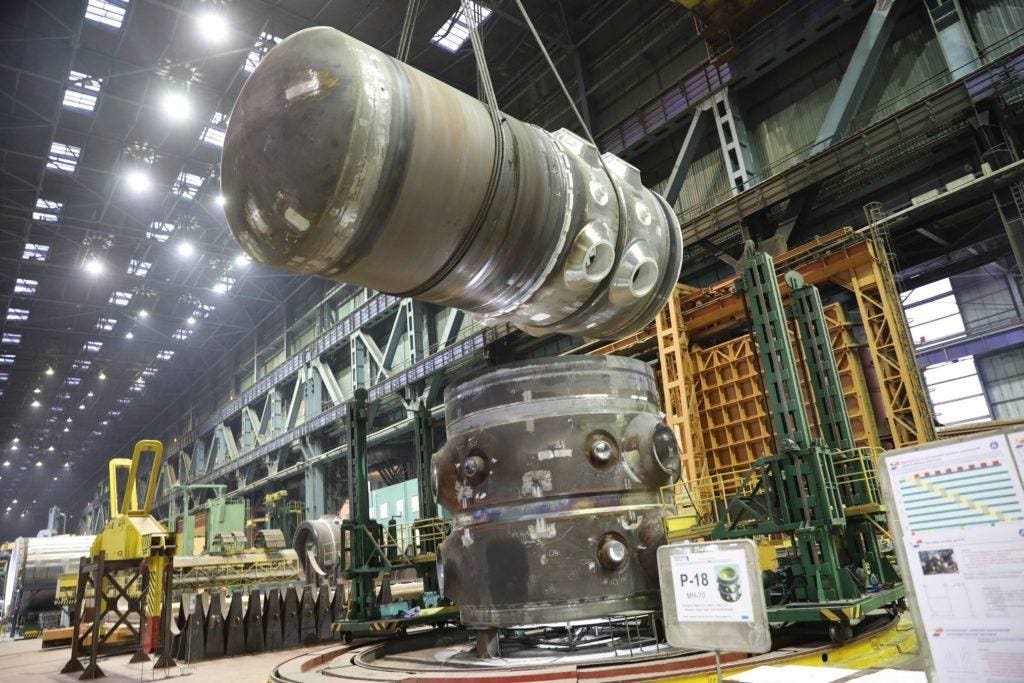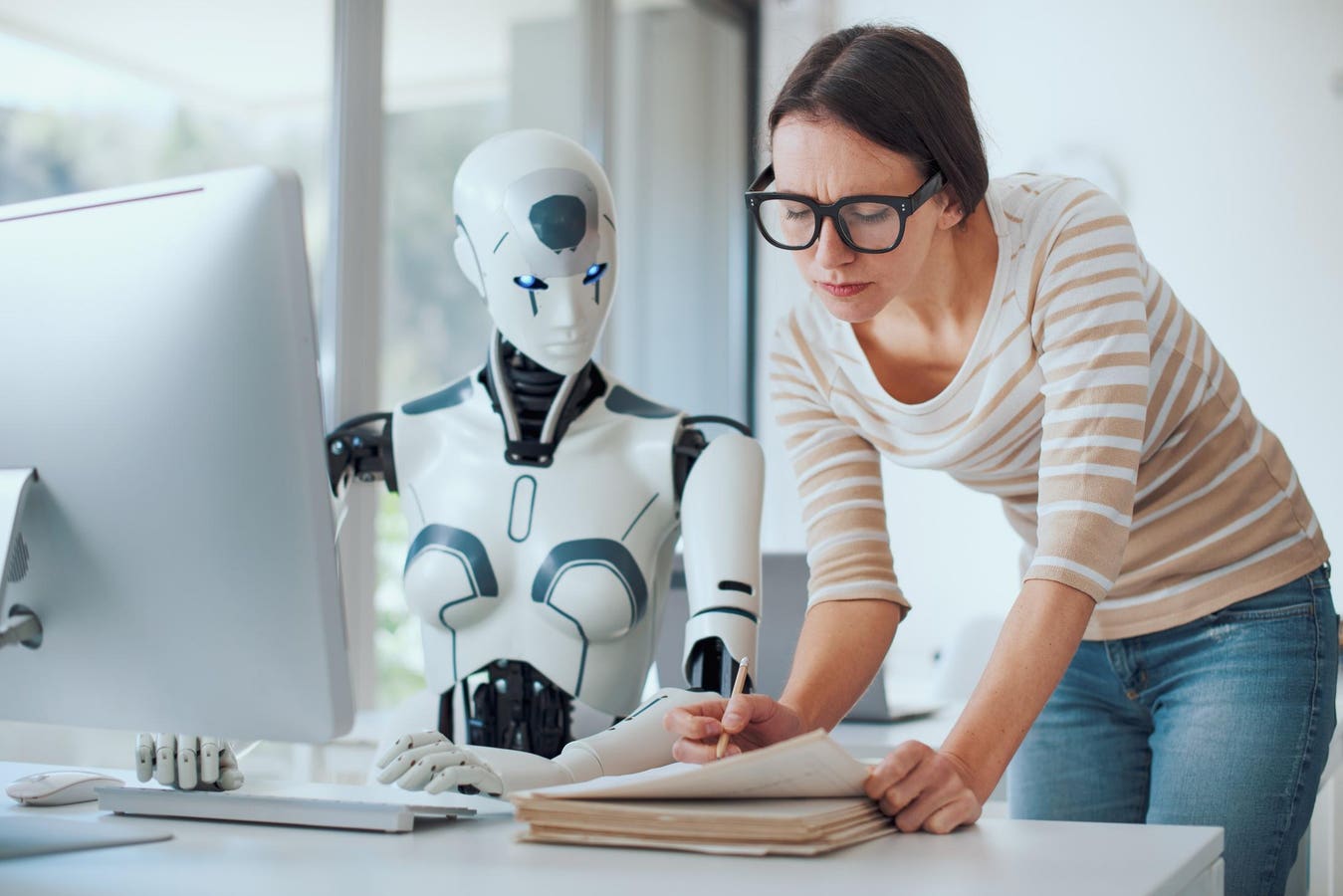Jobs, post AI: What’s ahead?
getty
A study out of Stanford finds that early-career workers – ages 22 to 25 – in the most AI-exposed occupations have experienced a 13 percent relative decline in employment, thanks to the rise of generative AI. But things have held steady for more experienced professionals. Is this the beginning of a long-term trend of AI gobbling up jobs?
Software development opportunities – once seen as a solid future ticket to higher-level employment for many – have shrunk since 2022. Should younger workers pursue AI development as a career, or focus on other professions while being knowledgeable about AI?
We asked Paulo Goes, dean of the Freeman School of Business at Tulane University, about the potential implications of these findings. Younger professionals and recent college graduates “should avoid AI-exposed jobs,” he advised. However, “the good news is that there are plenty of other types of entry-level jobs, which are not affected at the same level.”
Tulane’s job-placement data for recent graduates “doesn’t show much difference in employment rates between now, last year or two years ago,” he added. “They are getting jobs in corporations, investment banks, consulting firms, and retail in a variety of functions.”
Still, for many roles, AI still isn’t a big part of the picture yet. Tulane’s data “also shows that less than 10% of entry-level job postings require AI skills,” said Goes. “Job candidates are expected to understand AI, demonstrate AI fluency, but not necessarily have AI development skills.”
Some industry leaders aren’t convinced there is an impending diminishment in technology or development jobs either. The key is not to just bring technical skills to the table, but also business acumen as well. For example, “asserting that AI agents can fully replace software engineers is an overstatement,” said Neil Sahota, CEO at ASCILabs. “While AI can write code, it doesn’t understand the why behind it.”
Ilia Badeev, head of data science at Trevolution Group, plays the role of “devil’s advocate” when it comes to AI and jobs. “I think AI is nothing but a modern version of software. Think of this – when years ago some first version of some traditional software, such as Excel, Word, PowerPoint or Photoshop appeared and became widely used. Professions such as Photoshop user or Excel user did not exist. People used these tools to enhance their work and increase their effectiveness. It is going to be the same with AI.”
Badeev also took on the specter of AI and desk jobs. “From here on, there are two ways – either we will have fewer positions for these jobs in general, or just the scale of the economy will be so big that the number of jobs will stay the same, but the production level and efficiency per person will be heavily increased. I would love to believe in the second way, but realistically, the outcome will likely be a mix of both.”
The ideal future worker will be “the Swiss Army knife” worker – adaptable, multi-skilled, and flexible,” said Badeev. “Able to handle multiple challenges with the help of AI, as extension to his or her capabilities. They will need to have generic guidance, strategic thinking and knowledge. But the rest – meaning specialized functions – will be done with AI. So instead of narrow job specifics, the job area will become larger, and such specialists will generally become more able and productive.”
There AI evolution is also just hitting the surface of organizational requirements. “While fast adoption is leading to individual-level productivity gains and automation of AI-exposed jobs, the speed of organizational transformation is not there,” Tulane’s Goes said. “It is much more complex to redesign business processes, their workflows, in environments of complementarity between AI and humans working together.”
Goes’ advice to professionals who aspire to be leaders and managers is “to start thinking beyond individual productivity and go deeper into understanding how the new mix of AI and human inputs would bring innovation and transformation.”









